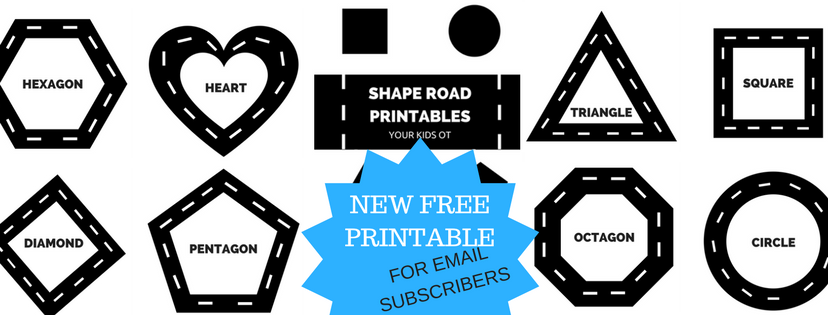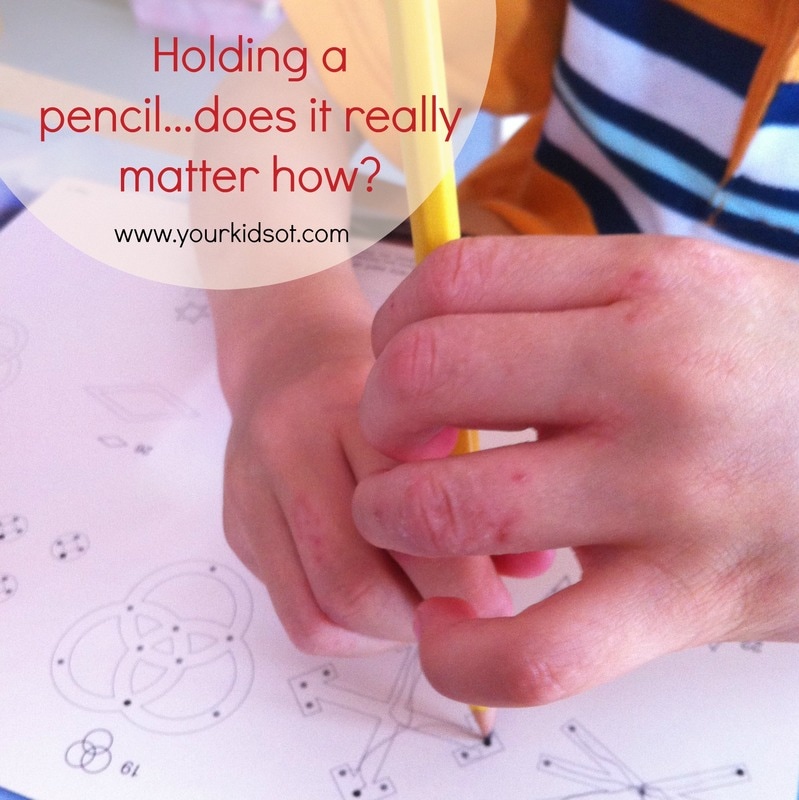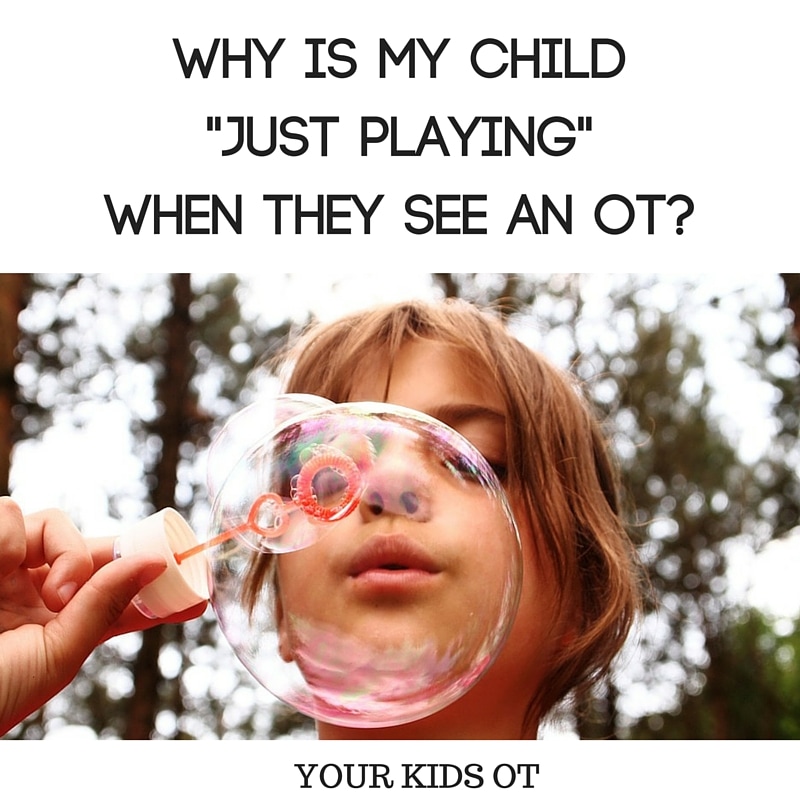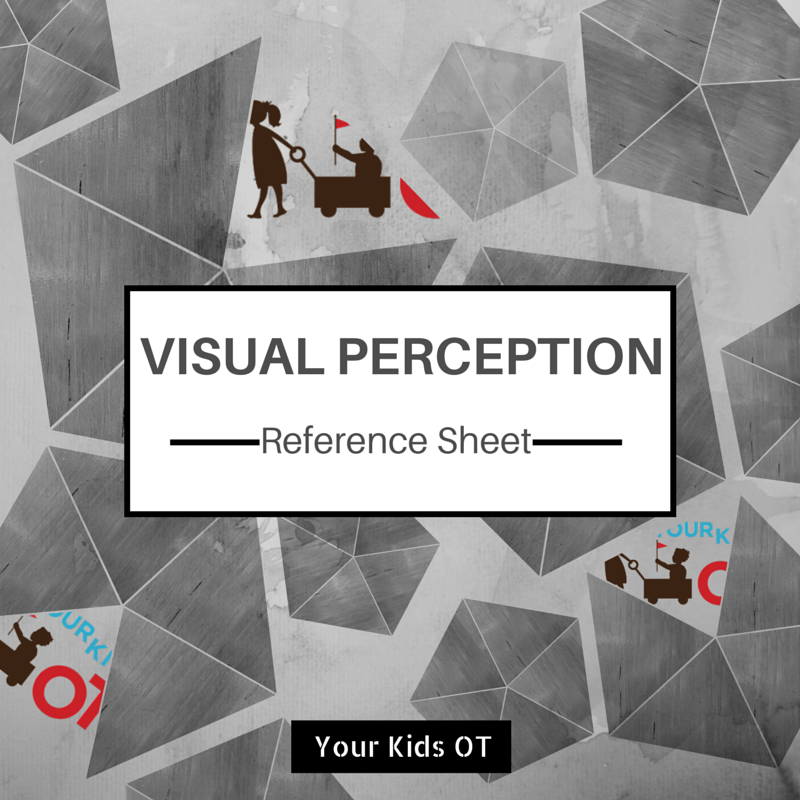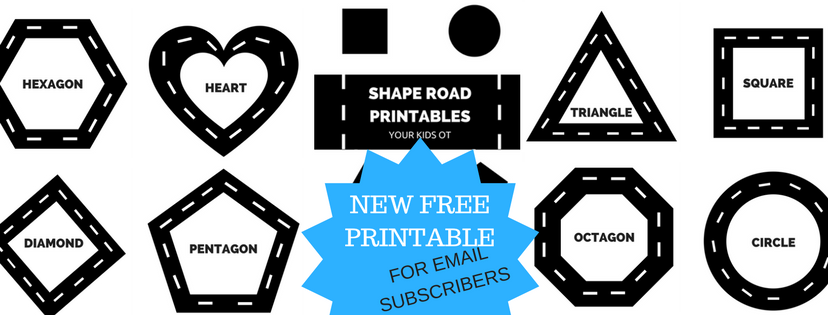|
Crawling is important for babies, toddlers and big kids! Crawling is important for all ages!
If you are thinking, "My child skipped crawling and went straight to walking, how does this apply to my child?" or you have a school-age child who is well passed the crawling stage then please continue reading as this article is for you as well! Crawling can appear in a variety of ways. Some babies "commando crawl" pulling themselves forward on the ground with their arms, dragging their legs. Some babies "bear crawl" with arms and legs locked in place. Some babies "crawl" by shuffling backwards or sideways. Traditional crawling involves "four point positioning" with arms moving in a reciprocal coordinated way with legs (ie. right arm and left leg move together). Note: I'm not including bottom-shuffling as "crawling", although some babies move this way, there is no weight-bearing on the arms and therefore does not have the same benefits of crawling I'm about to outline.
Whether a baby is learning to crawl for the first time, a baby being encouraged to crawl even though they can walk, or an older child is crawling for fun... there are therapeutic benefits for them all!
Therapeutic Benefits of crawling! Crawling is a developmental milestone usually reached before walking. It is a gross motor skill that enables a baby to explore and interact with their environment. New found mobility can help a baby to reach new surfaces, pull to stand with furniture and seek social interaction. Physically, crawling helps a baby or child to strengthen their back, neck, shoulder, tummy, arm and hand muscles. Crawling can help develop eye-hand coordination and more importantly bilateral coordination (use of the two sides of the body and the brain). During crawling (at any age), there is coordination and synchronisation of the two hemispheres of the brain as both the left and right sides of the body are used. We need integration of the two sides of the brain to enable us to perform cognitive skills such as reading, writing, communication, etc. “Cross lateral movements, like a baby’s crawling, activate both hemispheres in a balanced way. These activities work both sides of the body evenly…Because both hemispheres and all four lobes are activated, cognitive function is heightened and ease of learning increases.”(1) Crawling not only strengthens the big muscles of a baby (or child's) body, it also helps to strength hand muscles. Specifically, crawling can help with the development of the hand's palmar arches and separation of the two sides of the hand. Crawling also has great sensory benefits. This aspect is especially important for older kids and the main reason I include it into my therapy sessions. Crawling is a form of "heavy work" and includes getting kids off their feet (out of extension patterns) with their bodies aligned for deep breathing. This alignment can also be achieved if the crawling surface is dynamic (eg. an air mattress) or uneven (eg. cushions) or up an incline. This combination of heavy work and deep breathing is really helpful when looking at ways to calm a child's sensory system and helping them to modulate their bodies.
Ways to encourage crawling
(1) for babies who have not yet reached the developmental milestone (under 12 months) * Tummy time will strengthen neck, shoulder, arm and trunk muscles. Tummy time encourages reaching and pivoting skills which are precursors for crawling. Tummy time experiences also assist to develop perception, body awareness and sensory motor skills There are many fantastic ways to encourage tummy time. Read about some of themhere. * Supported kneeling in a crawling position (4 point positioning with an adult behind baby using their legs to provide the necessary support in this position). Supported kneeling promotes good hip control and trunk stability as well as strength in thigh, bottom and stomach muscles. This will assist with standing, crawling, pulling to stand and walking. Facilitate the hip-leg-foot together and the opposite arm/hand during play. Supported kneeling in a crawling position may also be encouraged over a roller or adult leg. Read about a home made roller here.
* Supported kneeling at a higher surface (eg. low sofa, small chair, coffee table, etc). Some children will be comfortable in this position on their own and others will need help to be supported around their hips. With support, the position provides opportunity for trunk rotation and development of core muscle strength.
Christie from MamaOT has more great suggestions for helping babies to crawl. Read ithere.
(2) for all ages There are so many ways to encourage your older child to crawl in their natural environments or with simple props. * tunnel play * over a therapy ball * up a slippery dip (slide) * obstacle course * up a grassy hill * "bear walk" * over a mattress/bed * at the beach on the sand or in shallow water * scooter board * wheelbarrow * in the dirt * across the lawn * from bedroom to bathroom * under the dining table * under a clothes horse * across a trampoline, under the trampoline (with no one jumping) So does it matter if your child skips crawling and starts walking? Children develop in different ways and some prefer to stand. Some babies will move quickly to walking and prefer this to being on all fours. Others will walk and still crawl when they feel like it. Some children will crawl for a long time before eventually walking. There are great benefits for your baby and older child to crawl. I always suggest that babies and children should be encouraged to crawl whether they have "skipped" it or not! Incorporate crawling into your daily routine! Do your babies and kids love crawling? When colouring-in doesn't stay on the page! Quiver-3D Coloring App is designed to bring your colouring-in to life! Formally known as ColarMix, this app has been around for a few years. It has always been a hit with kids I see for OT. With a few upgrades, Quiver-3D Coloring App has developed with more interaction and appeal! What do you need? 1. Download the Quiver-3D Coloring App for free (however you will need to pay to use certain "packs"). 2. Visit the Quiver website to download colouring-in pages and print off the pages you want to use. 3. Encourage your child to colour-in the pages (or you could colour-in a page too! Watching a "grown up" colour-in can be incredibly motivating for children). 4. Open the app and hover your device over the colouring-in page. Select the page and then once processed keep holding the device to see the page come to life. Most pages have an interactive component so that you can press to activate fireworks, kick a ball, squirt the fire hose, etc. The app has a few options whilst playing such as taking a photo, recording a video or changing the size of characters. Here is a video we recorded of Mr 5's colouring-in. He was thrilled to see the fireworks actually take off and explode! {Note: If you are reading this in an email, you may need to click on the title of this article to take you to a live web page to view the video.} Young children will need help to hold the device whilst they press the screen for interactive play. We found that this worked whether the page was flat on the table or stuck to a vertical surface. This app is a fantastic way to encourage colouring-in the traditional "crayon to paper" way we have always coloured-in. The surprise is the magical touch of bringing your child's pictures to life. Your kids will love it! With so many amazing apps encouraging "device colouring-in" where the screen is coloured in with a stylus or finger, it is refreshing to see kids being encouraged to put marks on actual paper. Colouring-in is a great way to prepare kids for handwriting. Here are 5 ways your child can benefit from "traditional colouring-in"... 1) Proprioceptive feedback - It is important for kids to learn about pressure applied to the page. Too much and the output is dark (or you break a pencil or make a hole in the page), too little and the output is light. Trying different tools (ie. crayons, textas, pencils, paint) can provide different outputs. Which tool is easier to colour in large spaces? 2) Hand dominance and bilateral coordination - Which hand is used to colour in? Does your child switch hands when they move across their bodies to colour? Is one hand being a "helper" to stop the paper from moving? 3) Dynamic Tripod grasp and wrist position - How does your child hold the pencil? What is developmentally appropriate? Do they hook their wrist? Do they move their whole hand as they colour? 4) Observing visual cues - Does your child notice they boundaries where they should colour-in? Depending on their age, you may encourage different colours for different parts of the picture. 5) Pride in their work - Children love praise. They love recognition of what they have done and this reinforces their behaviour, encouraging them to repeat it! All children love having their "work" displayed. Perhaps you could display their "picture of the week" and change it in a prominent position (the fridge is always popular)? Some of you may be reading this shaking your heads! What is the world coming to where we need to be reminded of the benefits of traditional "colouring-in"...well this is the way things are right now. Technology is here to stay and evolving all the time. Our kids are part of this digital age with all it's expectations. I love how this app brings both the traditional and modern together. Have you got a reluctant "colourer"? Would this app motivate your child to "colour-in"? Disclosure: No remuneration was received for this article. All opinions expressed here are my own.
You may also like this: Welcome to a new series called "Ask an OT"! Since starting this blog 18 months ago I have been asked lots of questions! Often these questions are repeated as parents are all grappling with issues related to raising kids. The most common question is "What does an OT do?" Well you can read about that in the "about me" section of this blog. As is the nature of this blog, all answers to "Ask an OT" are general in nature and do not replace an individual assessment and consultation with an Occupational Therapist. Today, I'm answering "Help! My child hates wearing socks and shoes!" This is a really common cry for help that I come across. The answer will depend on several factors. (1) Age - How old is your child? If they are a toddler or preschooler, then they may be getting used to this new expectation! Are the socks and shoes chosen easy for them to put on themselves or do they have complicated fastenings? Have you taught them how to hold open the socks to wiggle in toes, then pull up? Have you tried "anklet" socks if they are having trouble with longer socks? Here is a helpful tip for those learning how to match shoes to the left and right feet. (2) Disability - Does your child have a cognitive delay or a diagnosed disability such as Autism Spectrum Disorder? They may benefit from visual aids or a social story to help them to understand the expectation of when socks and shoes are to be worn. Avisual schedule may help your child to organised themselves to be "ready" with a daily routine. (3) Sensory Issues - Is this an issue about the feel of the socks/stockings/shoes on their feet? If this is an isolated issue relating to sensation then keep reading as these strategies may help. If your child is exhibiting other issues with sensory information (eg. intolerant to food textures, having difficulty with certain noises, constantly seeking movement, etc), then seek help from an Occupational Therapist for a full sensory processing evaluation. Our sense of touch is an important protective tool that we use to identify when something is sharp, hot, or may cause us harm. "Children with sensory over-responsivity (sometimes called "sensory defensiveness" respond to sensory messages more intensely, more quickly, and/or for a longer time than children with normal sensory responsivity". * This means that a sensation (in this case socks, stockings or shoes) may be perceived as "painful" and the child may have a "fright, flight, fight" response. "An individual with hypersensitivity to touch ortactile defensiveness appears to overreact to sensation that most people don't particularly notice, or at least are not bothered by". ** So what can you do? (a) Understand the problem and acknowledge your child's feelings. Your child will probably be exhibiting an emotional response to this problem as it is a frustration between an external expectation placed on them and the perceived "pain" they may be experiencing. You as a parent may also be experiencing an emotional response...acknowledge your child (and your) feelings. Reading this article will help you to understand the problem a bit further. (b) Prepare your child and their legs/feet. Often firm deep pressure can help to calm a child and override tactile irritation. > You could try a massaging (eg. with lotion) the legs and feet prior to wearing socks and shoes. > You could try "sandwiching" the child's legs between cushions or wrapping in a towel/blanket for a few minutes. > You could try a "heavy weight" such as a bag of rice or cuddle from a pet (under 5% of the child's body weight). > You could try "heavy work" such as jumping on a trampoline. (c) Modify the environment (ie. the socks/stocking/shoes). > You could try turning socks and stockings inside out so the seams are away from the legs and feet. This simple change can often help children instantly. Hidden underneath shoes, no one else needs to know! > You may purchase "seamless" socks and stockings (underwear and other clothing too) from companies such as It Makes Sense. >Does your child prefer certain material (eg. cotton rather than wool)? Do they prefer tight fitting or loose fitting socks? Are thicker stocking more tolerable than thinner stockings? > Does your child have a preference with shoes as some fastenings may irritate (eg. laces vs velcro vs buckle vs pull on shoes). > Does your child dislike tight fitting shoes? You could try buying shoes half a size bigger so their toe does not touch the end of the shoe or slightly wider shoes. (d) Provide opportunities when your child does not need to wear socks and shoes (eg. at home or on the weekends). This is NOT giving in to your child! It is listening to your child's sensory signals and allowing them to self-regulate. (e) Seek an OT assessment. Your child may benefit from a comprehensive assessment and a sensory diet to address this issue.
Do you have a question that you would like to "Ask an OT"? Email me at [email protected] and your answer may be featured on the blog!
References:
* Miller, LJ (2006)Sensational Kids: Hope and Help for Children with Sensory Processing Disorder (SPD) ** Mailloux, Z (1993) Tactile Defensiveness: Some People are More Sensitive from Sensory Integration Quarterly.
You may also like:
Mr 5 has been addicted to "Snakes and Ladders" for the last 6 months. He loves the counting, the turn taking, the thrill of climbing up the ladders, seeing others slide down the snakes and most importantly "winning"! There has been lots of discussion that it is ok to lose and even good sportsmanship to congratulate the winner. Most of the time he gets it, however, he does have a knack for winning!
We have made our own homemade board in a previous school holidays...drawing up 100 squares and using up old stickers to "decorate" the board, glueing on paddlepop sticks and pipecleaners to act as the snakes and ladders. Mr 5 also helped to draw on the paddlepop sticks to make them more like "ladders". There are so many opportunities for fine motor manipulation, pencil control, writing, pincer grip and bilateral coordination if you make your own board. The kids will love to create and will be more inclined to play their OWN board! Whilst it is not possible to make such a "detailed" game board in a therapy session, I have made a FREE printable that I use with the kids I see for OT. I encourage writing numbers to fill in the missing ones from the printable as well as drawing some additional snakes and ladders. I love to incorporate play into therapy sessions and there is much more motivation to write numbers on a game (which they can take home) than just writing them without a reason. Download your FREE PRINTABLE Snakes and Ladders HERE! Here is why I love "Snakes and Ladders": * Number recognition and writing - In creating the game ... number writing and pencil grasp may be practised. In playing the game... there are opportunities for number recognition and naming , sequencing numbers and counting out spaces to move. * Fine motor skills - I use small objects such as pom poms, blocks or checkers as our game pieces. Picking up the pieces often requires a pincer grasp. Controlled release is also needed to place the pieces on the correct square. If your child is practising separating the two sides of their hand, then you could get them to hold the dice under their 4th and 5th fingers as they move their marker. A dice is usually used in play and this is great for encouraging the palmar arches of the hand as the dice is shaken prior to rolling. * Visual scanning and tracking - Keeping track of your own game piece and opponents as they move up, around or down the game board. * Social Skills - When playing the game, children need to take turns and wait. They also learn how to "win" and "lose". This may a good opportunity to practise emotional regulation skills if a child has difficulty "losing". * End point - The game is finished when someone reaches 100 on the game board. Having an end point is important for kids who benefit from clear boundaries and structured play. * Children and adults of all ages can play this together. * It's fun and unpredictable! Mr 5 recently taught his grandfather how to play "Snakes and Ladders". I was surprised that he had never played before. It was certainly a heart melting moment for me! Do your kids love "Snakes and Ladders"? Have you downloaded your FREE PRINTABLE GAME BOARD?
You may also like:
There were two things that spurred me to write this post. The first was a virtual conversation with Julie from "Have Wheelchair Will Travel" where we talking about wheelchair access to a "pop up event" in Sydney. Sometimes a location may state "wheelchair accessible" and yet still have steps. I am always conscious of wheelchair accessibility whenever I am out and about in Sydney or elsewhere. This has always been an area of interest for me and if I had not specialised in Paediatrics, I think I would have gone down the path of home modifications and accessibility. In previous jobs, I have loved helping families to find ways to make their homes more accessible.
The second was a conversation with a friend about a bush-walking {or hiking if you are in the Northern Hemisphere} track that was within 20 minutes of where I have lived most of my life that I just didn't know about. I was curious and excited to discover a local oasis! Accessibility Notes {thanks OT mommy} will become a regular feature of Your Kids OT and will include my real experience with my "OT eye" when visiting places in Sydney and beyond. Accessibility Notes will include information about wheelchair access such as lifts, ramps, inclines, steps, (which are applicable to prams and the elderly as well), disabled parking spots and disabled access toilets (which often house change tables). Information provided will be based on personal experience and will be accurate at time of printing. At this stage, Accessibility Notes will be limited to physical accessibility. Lake Parramatta
Features
Lake Parramatta Reserve is a 60 hectare bushland and parkland reserve. The lake was Parramatta's water supply until 1909, and the original function of the reserve was to protect its water quality. There is a dam wall located on the western side of the lake which was built in the 1850s. There are shelter caves, tree scares, hand stencils can be found in the reserve and are evidence of regular usage and occupation by the aboriginal Burramattagal clan. The parkland reserve includes a children's playground, cafe overlooking the lake, BBQs, sheltered tables, a designated swimming area, three walking trails, non-motorised boating facilities and free parking. The car park is spread out over several sections. There is a section beside the lake and then along a service road to the children's playground and just beyond. I was pleased to see disability parking spots located beside the lake (2 parking spots), besides the children's playground (2 parking spots) and next to the toilet block (2 drop off disability parking spots). The children's playground includes several animal sculptures, a climbing frame, slide, monkey bars, swings and a wheelchair "Liberty" swing. There are some sensory features including music making and a scavenger hunt to find various shapes. The playground is not fenced. The toilet block is conveniently located across the service road from the children's playground. There is a disabled access toilet which houses a baby change table. Nothing to get too excited about here, however there was running water. The cafe is accessed via stairs from the picnic area near the toilet block or via an accessible footpath from the car park near the lake. There are views of the lake from the cafe. From the car park located near the lake, there is a pavement that provides a short even walk around a small section of the lake towards the dam wall. This is suitable for wheelchairs with slight variations in incline. This walkway provides uninterrupted views of the lake and includes several sheltered picnicking spots. Unfortunately the shelters themselves that lead off the path are not accessible as they are built up on concrete foundations.
The designated swimming areas can be accessed from the main foot path down an unsealed walkway. This is not wheelchair accessible. Whilst the council are doing their best to maintain the water quality, the water did not look inviting for a swim!
There are three bush walking tracks that extend around the lake. Besides the paved section already mentioned, the other tracks are not wheelchair accessible. The Lake Circuit is approximately 4.2km and takes approximately 2 hours to complete. The Lake Circuit features uneven rocky paths, creek crossings on logs, inclines and descents, steps and maneuvering over fallen trees and rocks. Mr 5 and Miss 8 yrs enjoyed the bush walk and were able to complete it without adult help. Younger kids will need help along some of the uneven surfaces and across the water ways.
In the area around the car park, the noise from surrounding roads can be heard as a constant hum. As you begin to walk further around the lake, this recedes and you feel like you are in a natural oasis far from the suburbs.
The bush land reserve features a variety of fauna and flora as you walk around the lake. Apparently in surveys undertaken in 1990 and 2001, there were 67 species of native birds, 12 species of reptile, 5 frog species and 13 native species of mammal, plus several exotic species of birds and mammals in the reserve.
Lake Parramatta may be a "hidden gem" for many, however it is well known by locals. It is a popular spot for birthday parties and weddings. We will certainly be back to enjoy this reserve again!
If you are looking for more information about accessibility around Sydney. I would highly recommend: *Have Wheelchair Will Travel * Sydney for all I hope you have enjoyed the first "Accessibility Notes" article! I would love to hear your feedback or if you have other "hidden gems" that you think we should explore! Have you visited Lake Parramatta?
Disclaimer: This article contains opinions and experiences personal to the writer and the writer accepts no responsibility if circumstances change or if others do not encounter the same facilities or features as described.
You may also like:
|
AuthorHi, I'm Cindy and I am an Occupational Therapist. I enjoy working creatively with children to see them reach their potential. Read more about me here. SEARCH THIS SITE
Archives
June 2024
Categories
All
Popular Posts |
Join the YKOT e-newsletter!
Subscribe to get our latest content by email and receive
the SHAPE ROADS PRINTABLE NOW!

Success! Now check your email to confirm your subscription and receive your free printable!
Join our Mailing List!
Subscribe to get our latest content by email and receive
the SHAPE ROADS PRINTABLE NOW as a thankyou!

Success! Now check your email to confirm your subscription and receive your free printable!
Disclaimer: The information on this site is general in nature and should be used for educational and entertainment purposes. The activities are safe for most children, however, you should consult an Occupational Therapist or health professional to address specific movement, sensory or other medical conditions. This blog does not replace formal therapeutic professional advice given by a health professional or medical practitioner. Reviews and endorsements of products will only be made based on my expertise and personal opinion; and deemed worthy of such endorsement. The opinions shared in sponsored content will always be my own and not that of the advertising company or brand. Content, advertising space or posts will be clearly identified if paid, affiliated or sponsored. Affiliate links may be found throughout this website in advertising. This means that if you follow through with a purchase from these links, Your Kids OT will receive a percentage of the sale. Your Kids OT undertakes to meet the requirements of the "Social Media Policy" as published by Australian Health Practitioner Regulation Agency (AHPRA). Further information about this policy can be found here.
Find meFollow me |
About me
AuthorHi, I'm Cindy and I am an Occupational Therapist. I enjoy working creatively with children to see them reach their potential. Read more about me here. |
Copyright © 2017 Your Kid OT

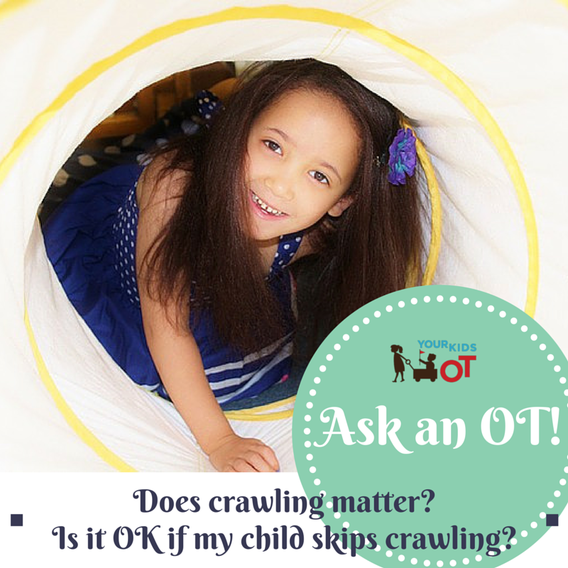

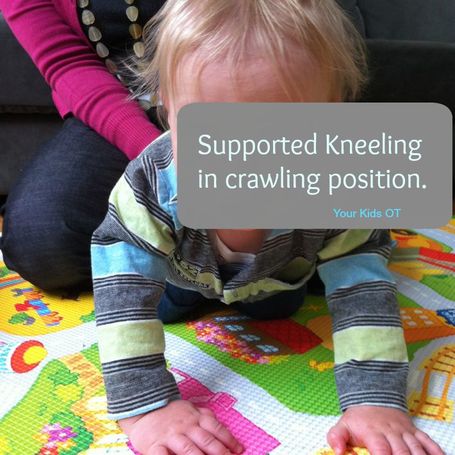
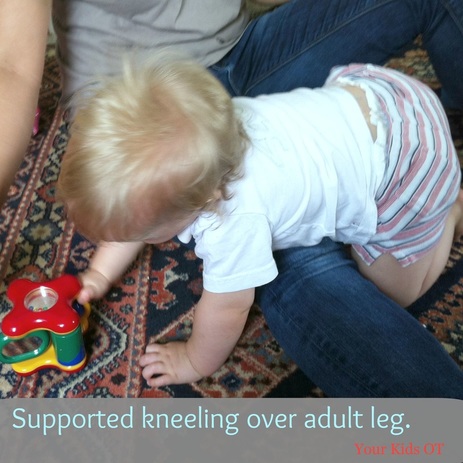
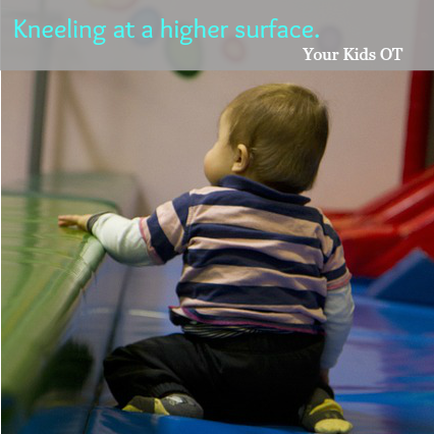
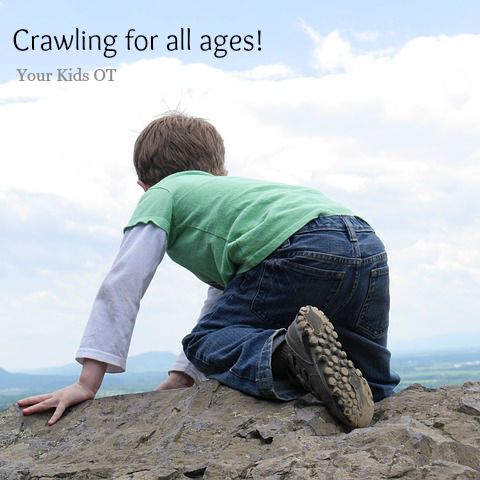

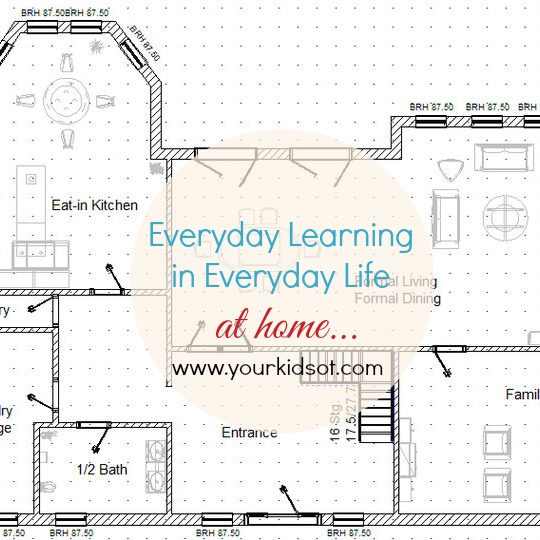

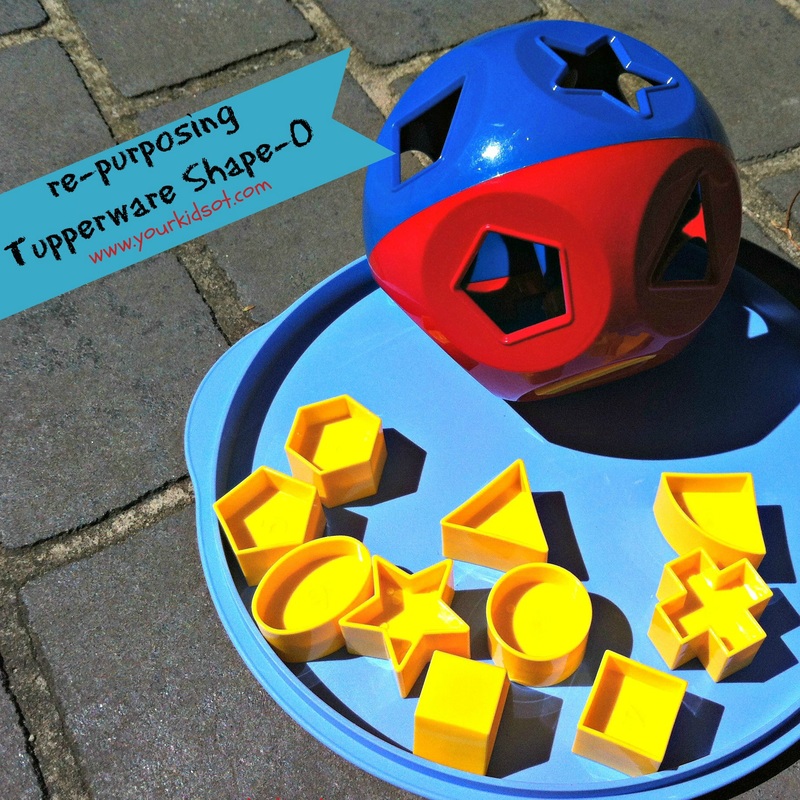
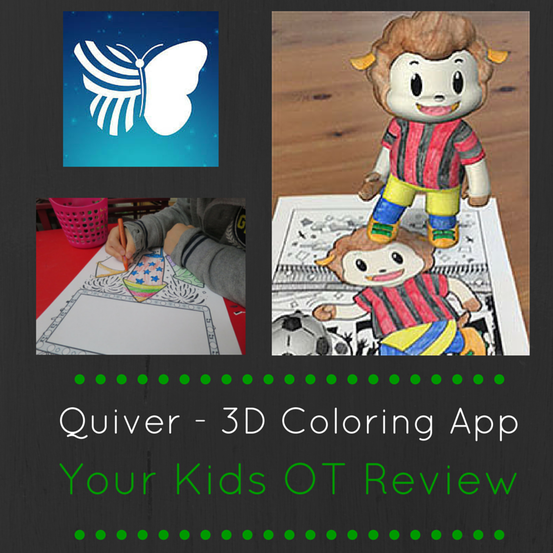
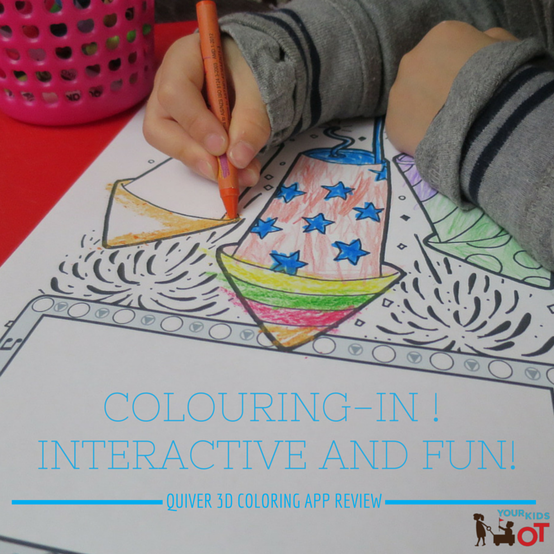

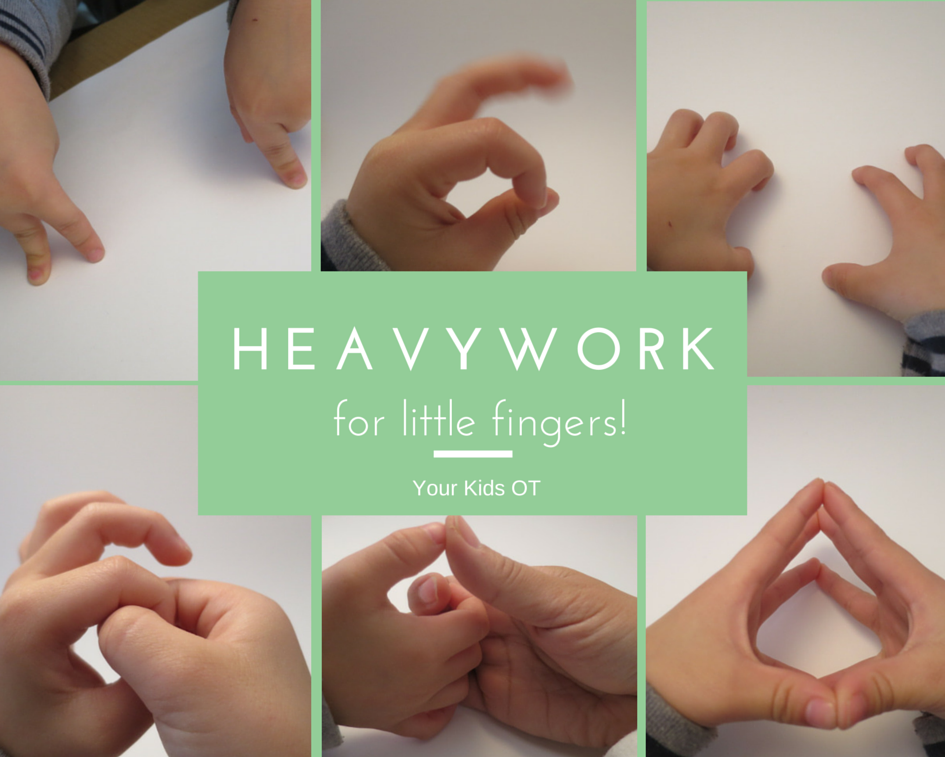
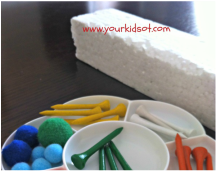
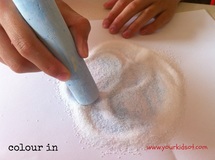
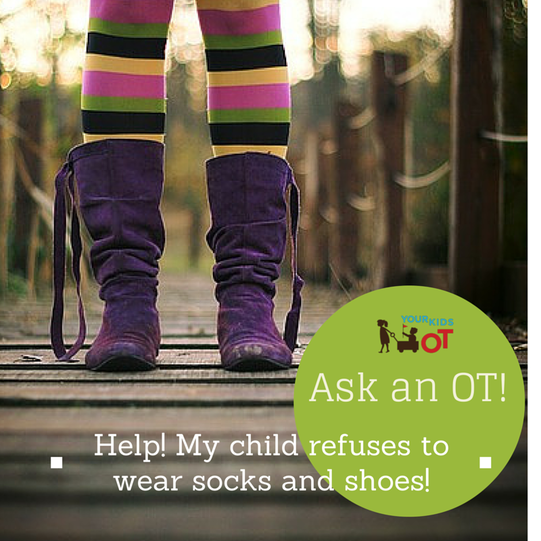
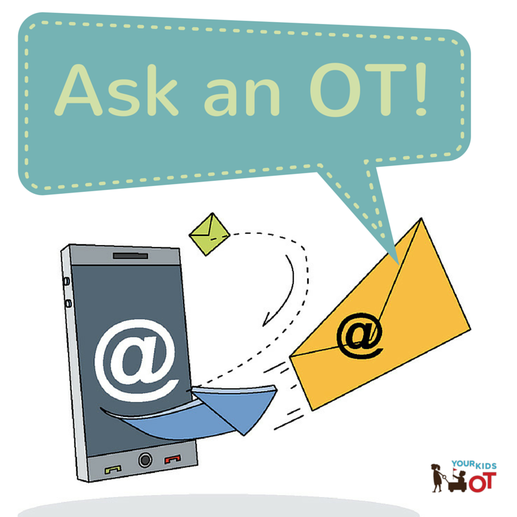

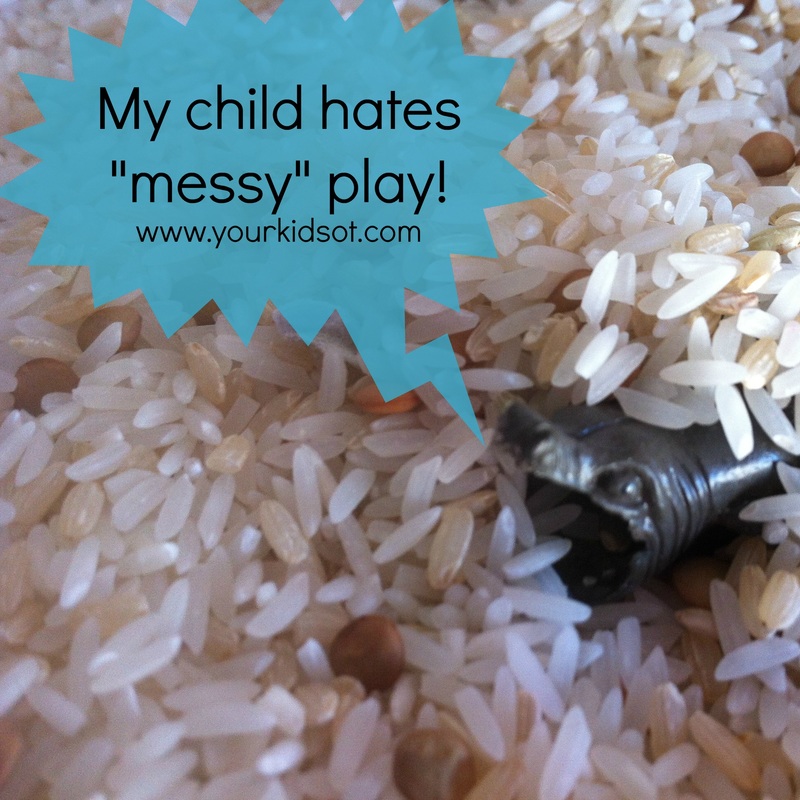
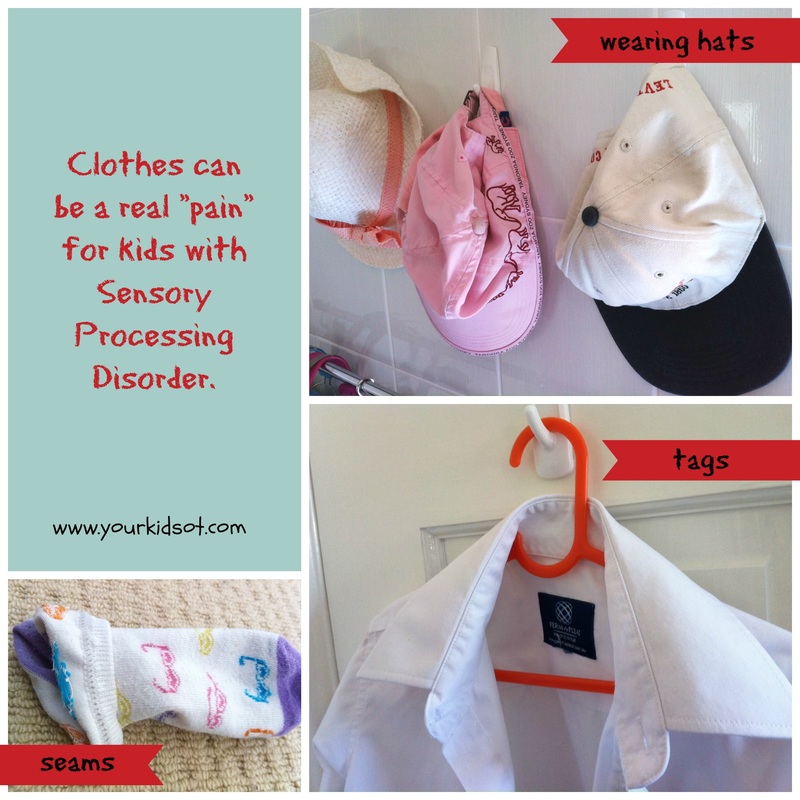
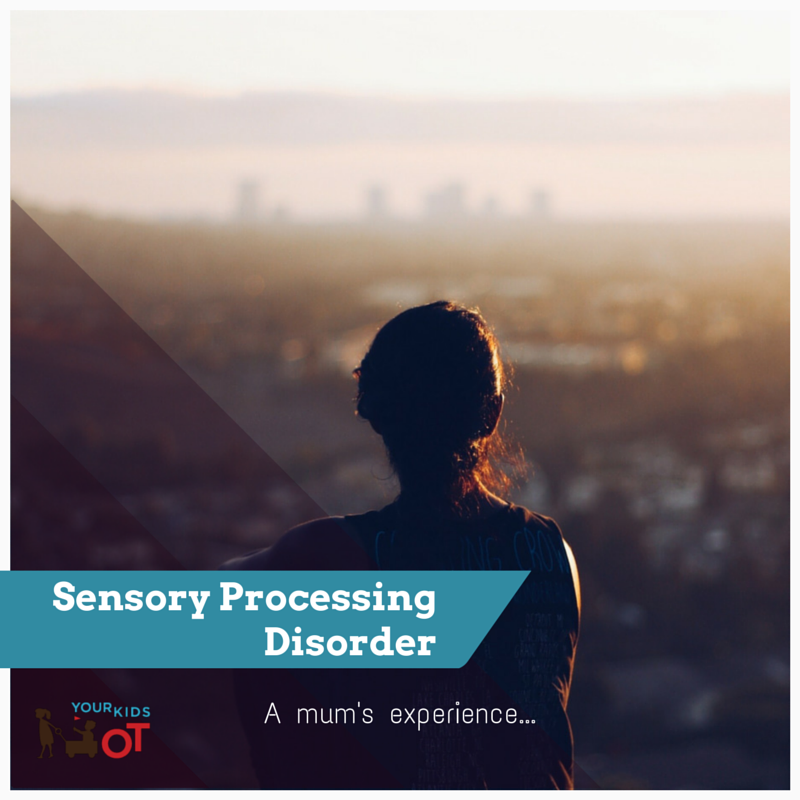
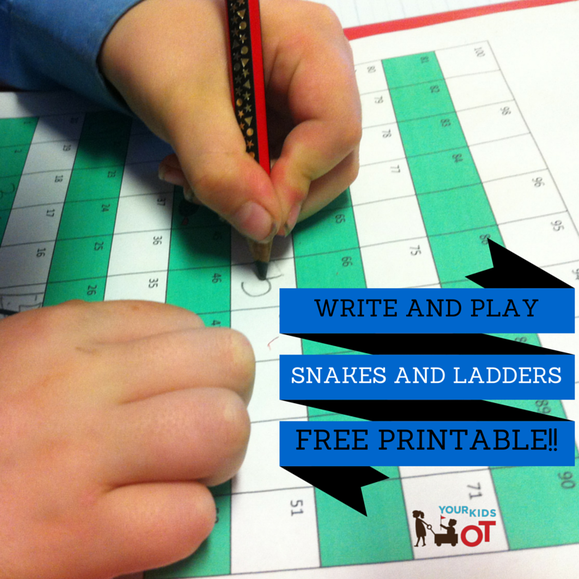
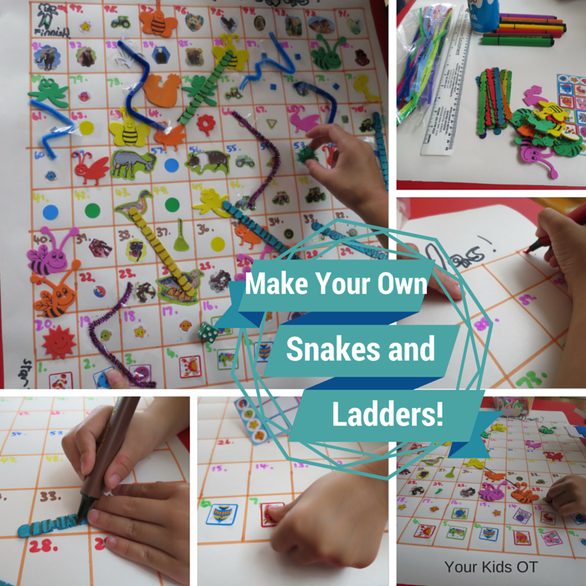
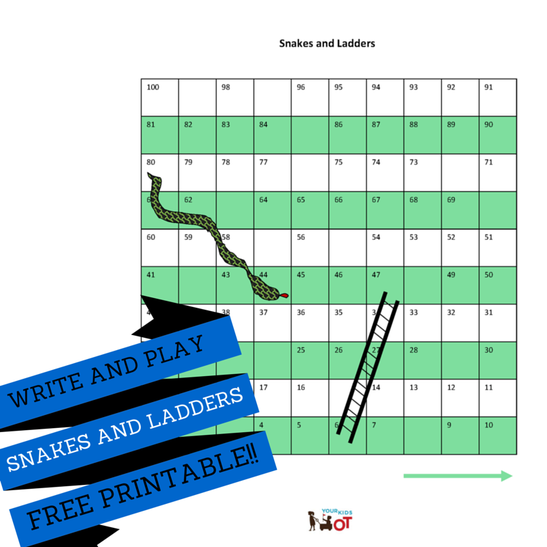
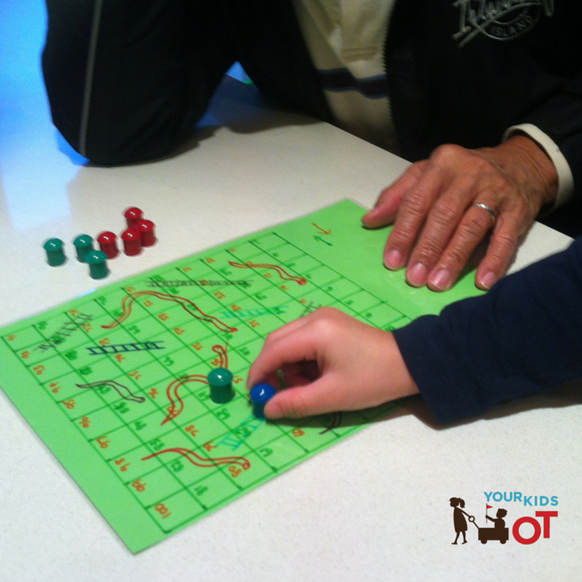

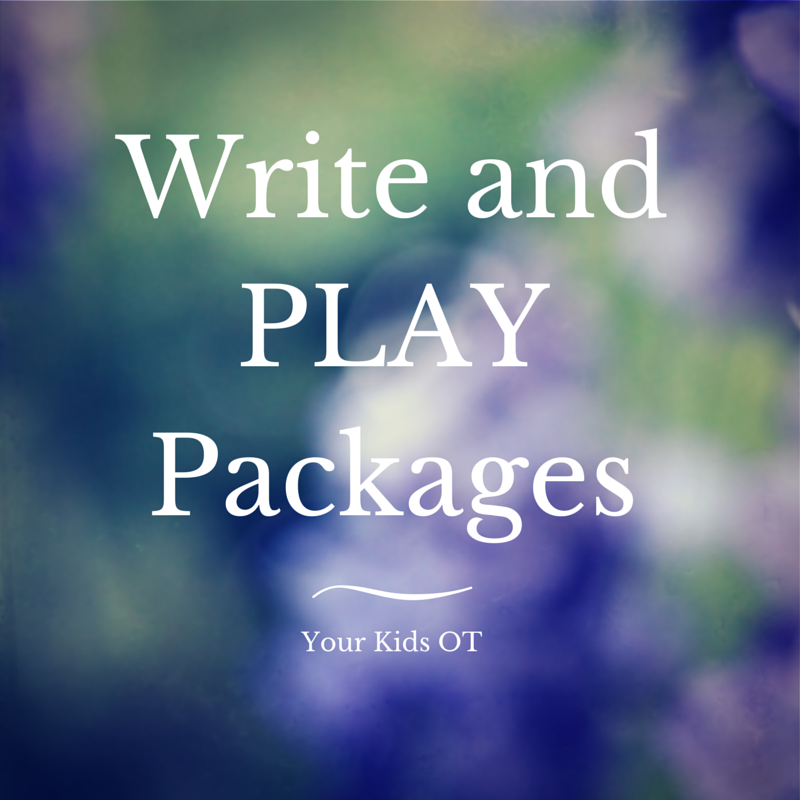

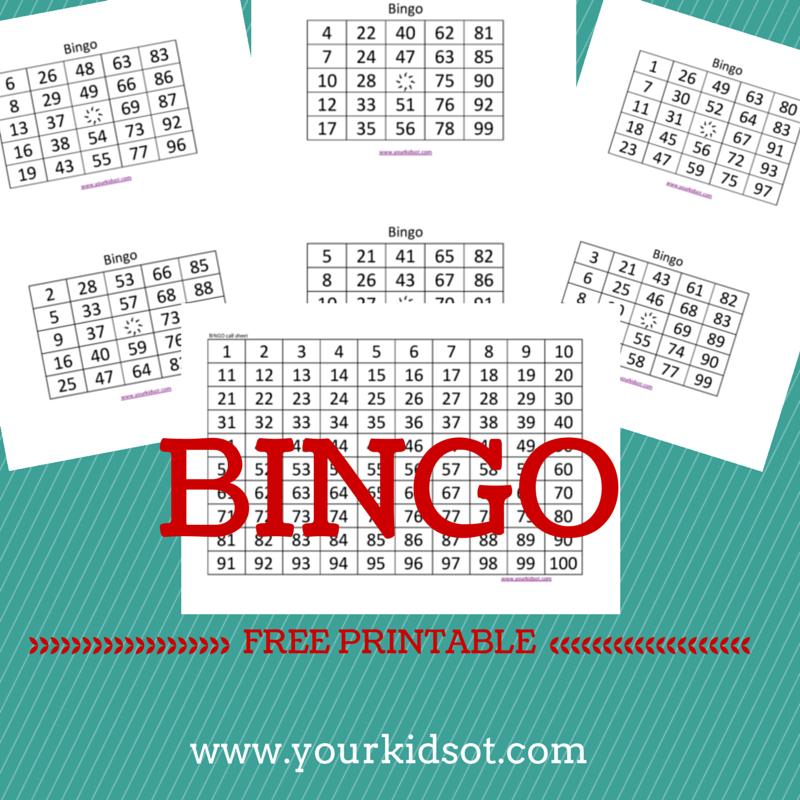

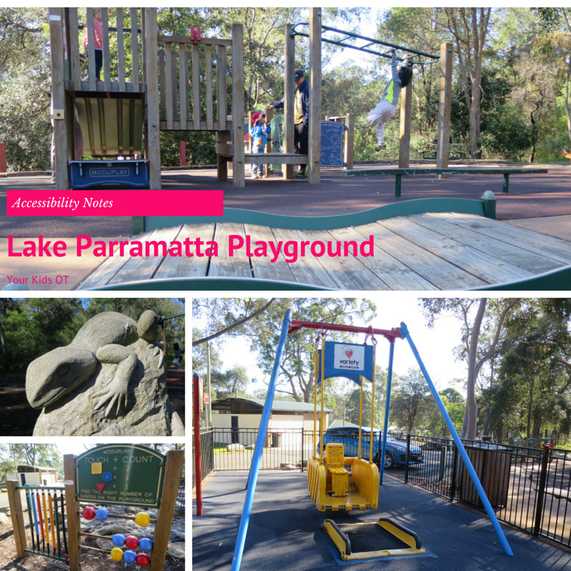
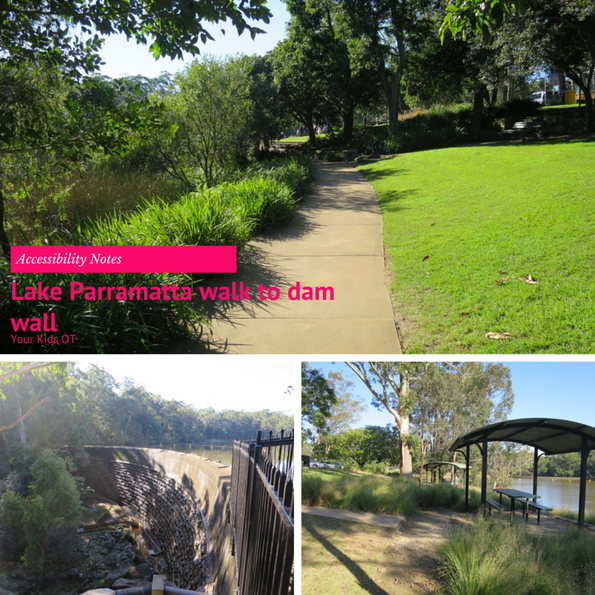
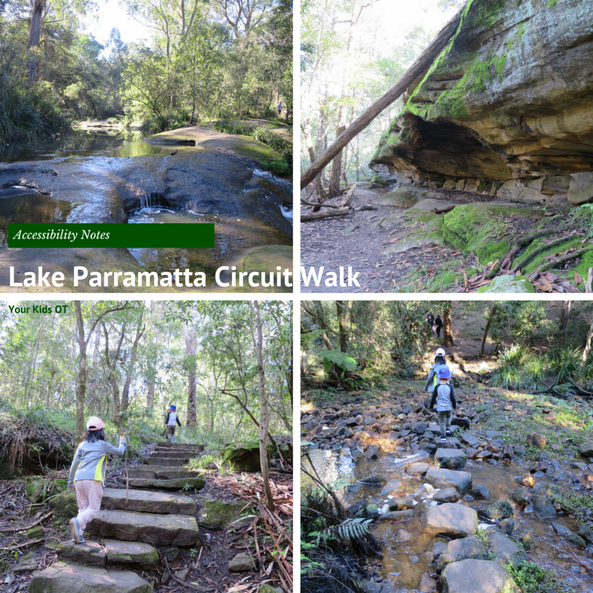
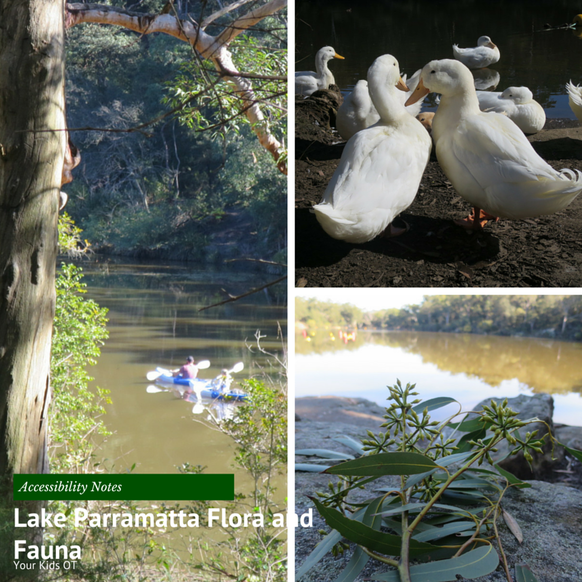

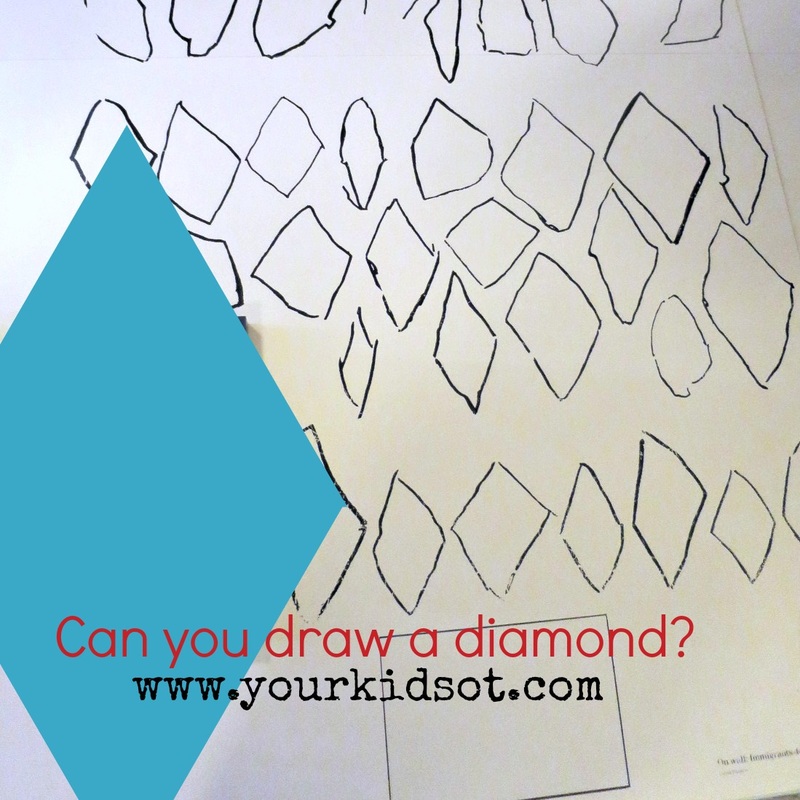
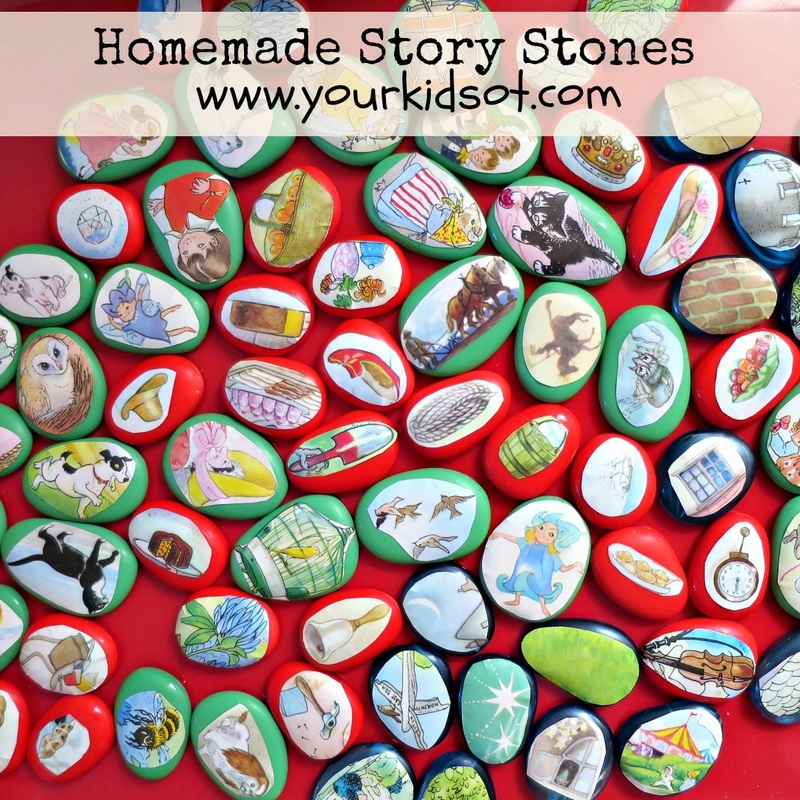
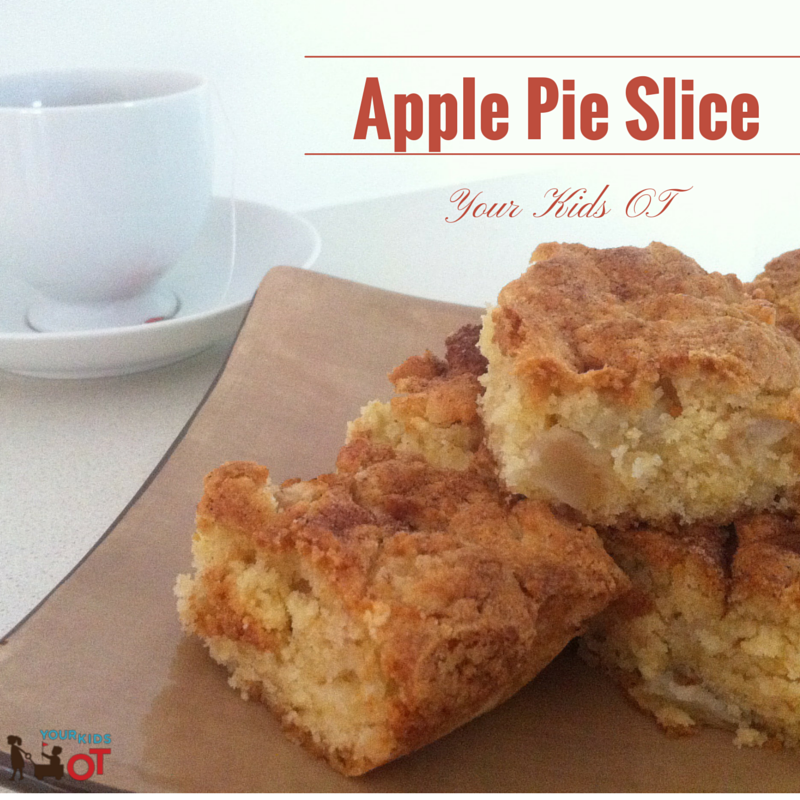
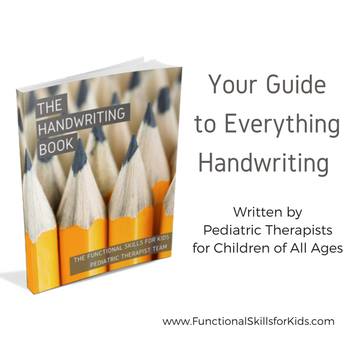
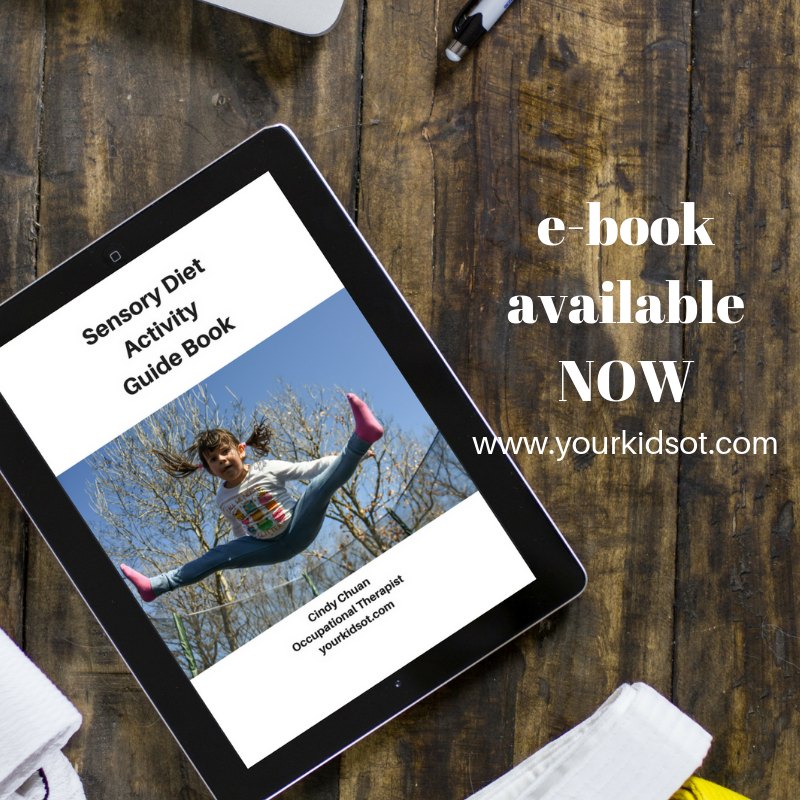
 RSS Feed
RSS Feed
